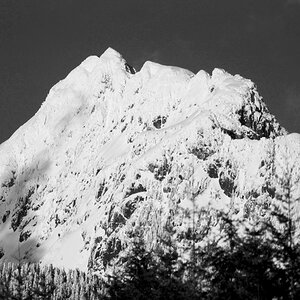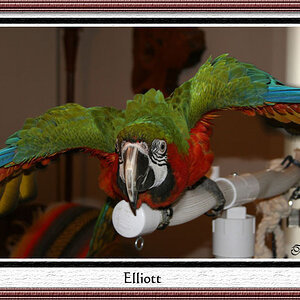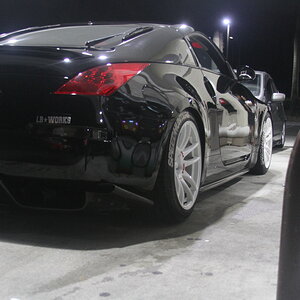JackRabbit
TPF Noob!
- Joined
- Dec 13, 2009
- Messages
- 236
- Reaction score
- 1
- Location
- Southern California
- Website
- www.flickr.com
- Can others edit my Photos
- Photos OK to edit
Many people told me to work on lighting and so I did. However, I tried a lot of things and still couldn't seem to get "the one" lighting that I absolutely loved. What do you guys think of this? Is it an improvement from before? Or could it still use some work?
Pasted from Flickr:
"I was instructed by many people to work on my lighting. So I did just that. I feel like in this, the lighting certainly isn't flat; but I feel like the shadows are too harsh now. I'm aware of the wrinkles in the backdrop, etc. I'm just asking about the lighting.
Strobist Info: Canon 430EZ shot through diffuser behind camera right, 1/32 power, triggered via optical slave
Vivitar 283 duct taped to tripod camera left, pointed left and bounced off a silver reflector, 1/2 power, triggered via PC sync cord.
Silver reflector held below and in front subject"

Pasted from Flickr:
"I was instructed by many people to work on my lighting. So I did just that. I feel like in this, the lighting certainly isn't flat; but I feel like the shadows are too harsh now. I'm aware of the wrinkles in the backdrop, etc. I'm just asking about the lighting.
Strobist Info: Canon 430EZ shot through diffuser behind camera right, 1/32 power, triggered via optical slave
Vivitar 283 duct taped to tripod camera left, pointed left and bounced off a silver reflector, 1/2 power, triggered via PC sync cord.
Silver reflector held below and in front subject"

Last edited:


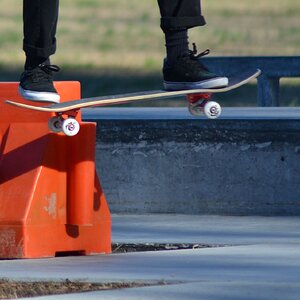
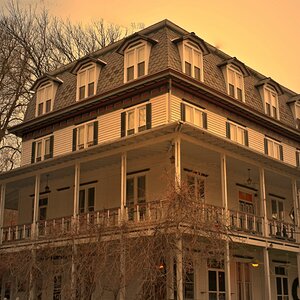
![[No title]](/data/xfmg/thumbnail/32/32929-22e23acc63d6ecb25e5ee941be87121f.jpg?1619735758)
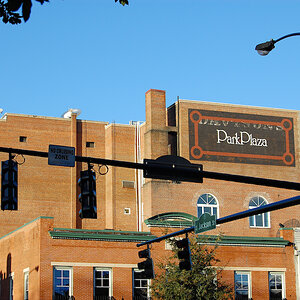
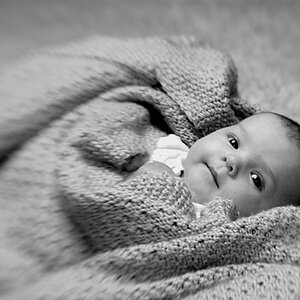
![[No title]](/data/xfmg/thumbnail/42/42257-4c4b35d60337b1b4ec661332486a33be.jpg?1619740066)
